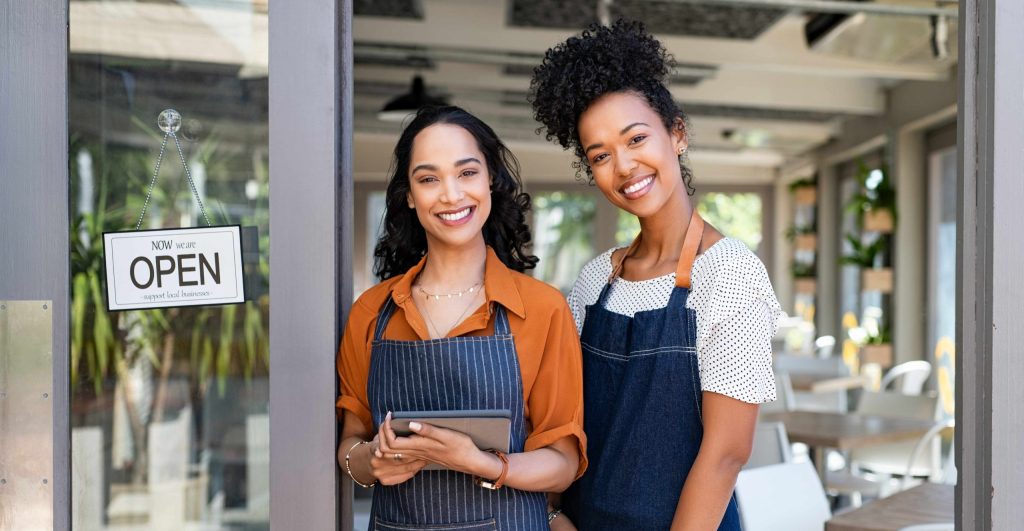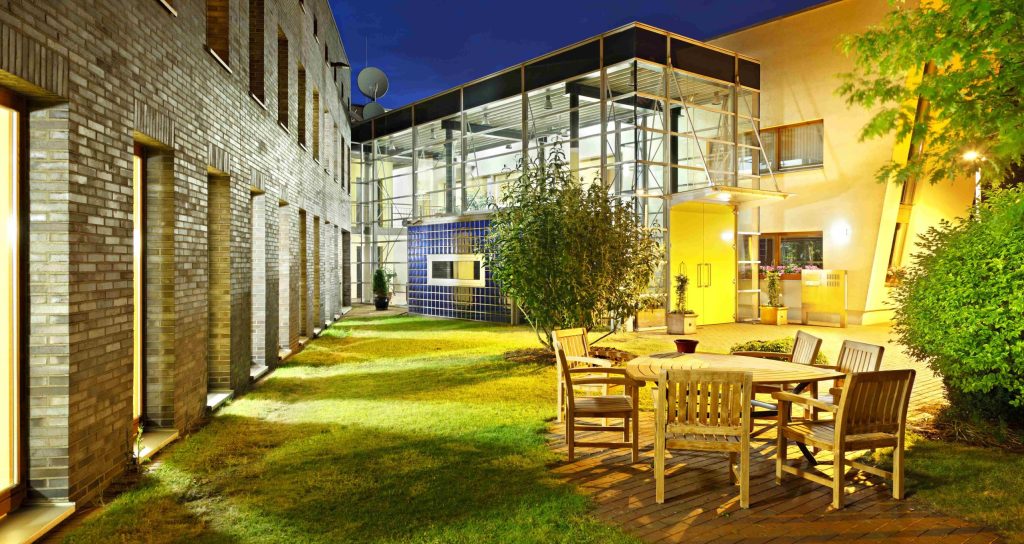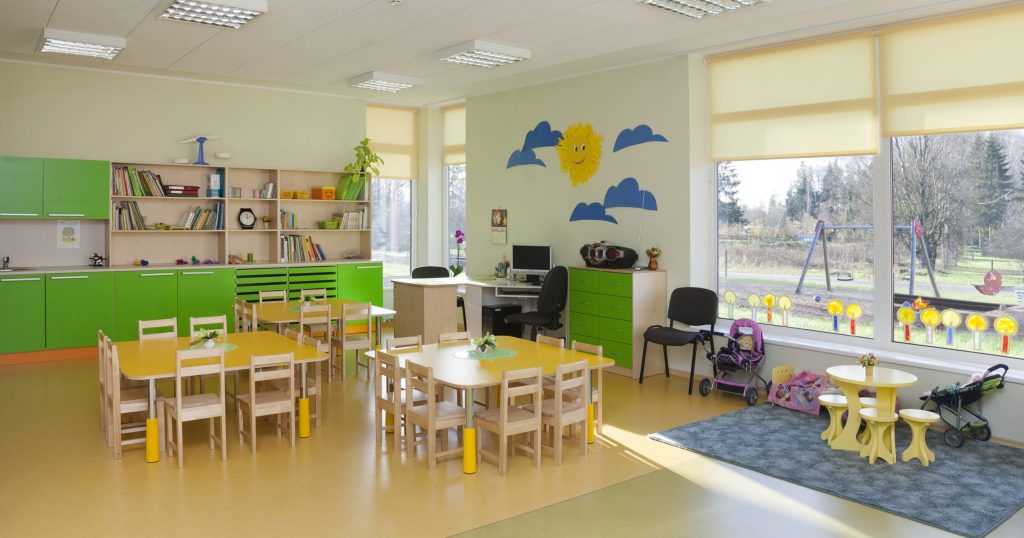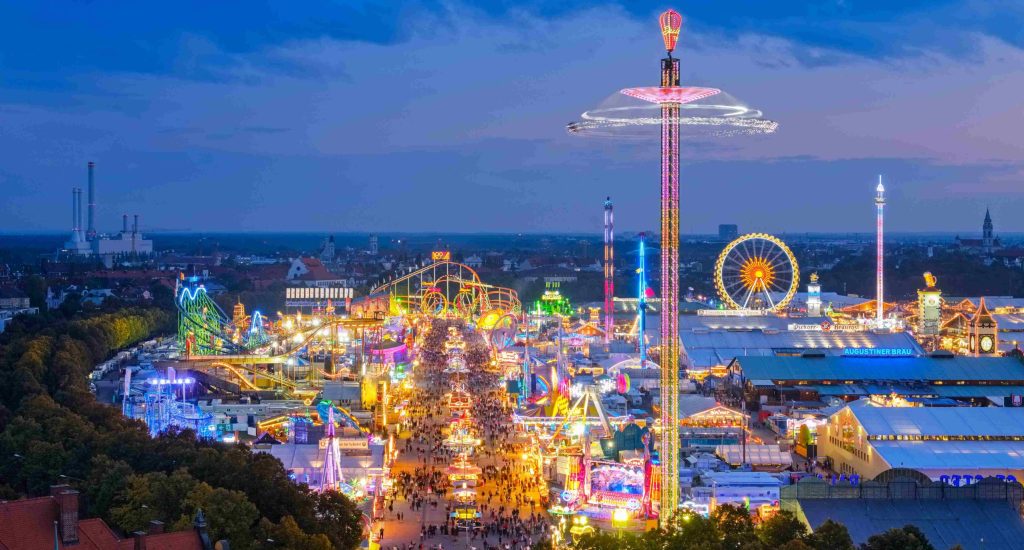I have a virtual tour on my website and would like an audit.
I don't have a virtual tour yet, would love a demo to see how it works.
As restaurants navigate an increasingly competitive dining landscape, the need for innovative strategies to attract diners and stand out in a crowded marketplace has never been more critical. Restaurant owners are facing significant obstacles, including changing consumer dining habits, increased competition from delivery-focused concepts, and the challenge of conveying their unique ambiance and dining experience through traditional marketing channels. In this article, we will explore the key pain points restaurants are facing and provide data-backed strategies to help restaurant leaders overcome these challenges and boost reservations in 2025.

The Restaurant Landscape: Challenges and Opportunities
Shifting Dining Behaviors:
Many consumers have altered their dining habits post-pandemic, with increased expectations for ambiance transparency and experience-focused dining. According to the National Restaurant Association, 60% of diners research restaurants online before deciding where to eat, making digital presence more critical than ever.
Increased Competition:
With the proliferation of ghost kitchens, food halls, and delivery-only concepts, competition for diner attention has intensified. Traditional restaurants must differentiate themselves and provide compelling reasons for customers to choose the in-person dining experience.
Low ROI on Traditional Marketing:
Traditional marketing methods like print ads and direct mail are yielding diminishing returns. Restaurants are seeking more cost-effective and targeted approaches to reach diners in the decision-making phase.

Strategies for Driving Restaurant Traffic
1. Visual Storytelling and Experience Marketing:
– Showcase your unique ambiance, signature dishes, and dining atmosphere.
– Utilize high-quality visual content to convey the complete dining experience.
2. Leveraging Social Media Platforms:
– Actively engage on platforms like Instagram, TikTok, and Facebook to showcase dishes and atmosphere.
– Share chef spotlights, behind-the-scenes kitchen content, and customer celebrations.
– Invest in targeted social media advertising to reach local food enthusiasts.
3. Offering Compelling Reservation Incentives:
– Provide exclusive perks for direct reservations, such as complimentary appetizers or priority seating.
– Position direct booking as the best experience compared to third-party reservation platforms.
4. Enhancing Guest Experience:
– Implement personalized service, special occasion recognition, and loyalty programs.
– Focus on creating memorable experiences that drive reviews, referrals, and repeat visits.
5. Embracing Technological Innovations:
– Incorporate online reservation systems, digital menus, and QR code ordering.
– Provide convenient, modern dining experiences that meet customer expectations.
6. Leveraging Interactive Virtual Restaurant Tours:
– Offer immersive virtual dining room experiences to engage prospective diners.
– Showcase ambiance, seating options, and overall atmosphere in an interactive format.
– Build diner confidence and inspire reservations for special occasions.
The Power of Virtual Tours in Restaurant Marketing
Virtual restaurant tours have emerged as a game-changer in dining marketing. By providing an immersive and atmospheric experience, virtual tours allow prospective diners to explore your restaurant’s ambiance, seating arrangements, and overall vibe—helping them envision their dining experience before making a reservation.

Benefits of Virtual Tours
1. Increased Reservations for Special Occasions:
Virtual tours significantly increase booking confidence for special events like anniversaries, proposals, and celebrations. When diners can preview your private dining rooms, patio seating, or romantic corners, they’re more likely to choose your restaurant for their important moments.
2. Higher Engagement and Longer Site Visits:
Interactive virtual tours captivate prospective diners, encouraging them to spend significantly more time exploring your restaurant’s offerings. Extended engagement correlates with increased reservation intent and higher check averages.
3. Accurate Expectation Setting:
Virtual tours set accurate expectations about your restaurant’s atmosphere, dress code, and noise level. This transparency reduces negative reviews from diners who expected a different experience and increases satisfaction among guests who arrive knowing exactly what to expect.
4. 24/7 Marketing Presence:
Virtual tours provide a cost-effective marketing tool that works around the clock. Diners can explore your restaurant while planning their evening, researching special occasion venues, or browsing late at night when making weekend plans.
5. Competitive Differentiation:
Virtual tours can be customized to highlight your unique selling points—whether it’s your waterfront patio, chef’s table experience, or elegant private dining spaces. This visual storytelling builds excitement and emotional connection before the first visit.
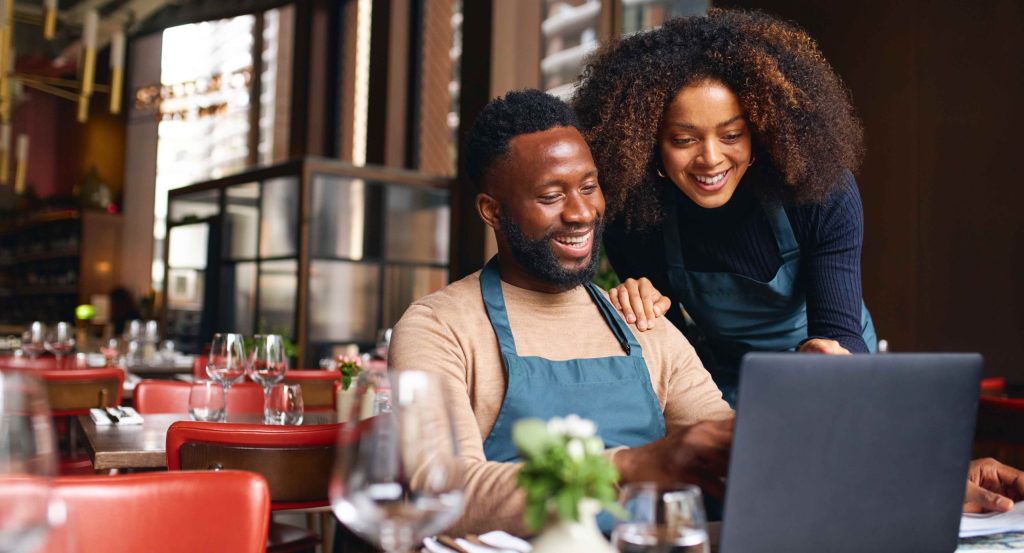
Best Practices for Restaurant Virtual Tours
- Showcase your main dining room from multiple angles to convey atmosphere
- Highlight bar areas, lounges, and social spaces for different dining occasions
- Feature outdoor seating, patios, and seasonal dining options
- Include private dining rooms and event spaces for special occasions
- Showcase signature dishes and presentation styles (where appropriate)
- Highlight unique architectural features, decor, and ambiance elements
- Include ambient sound or music samples to convey atmosphere
- Offer interactive elements showing different seating options and views
- Integrate with your reservation system for seamless booking
- Optimize for mobile devices to reach diners planning on-the-go
- Include clear calls-to-action to make reservations or inquire about events
- Update content seasonally to reflect menu changes and decor updates
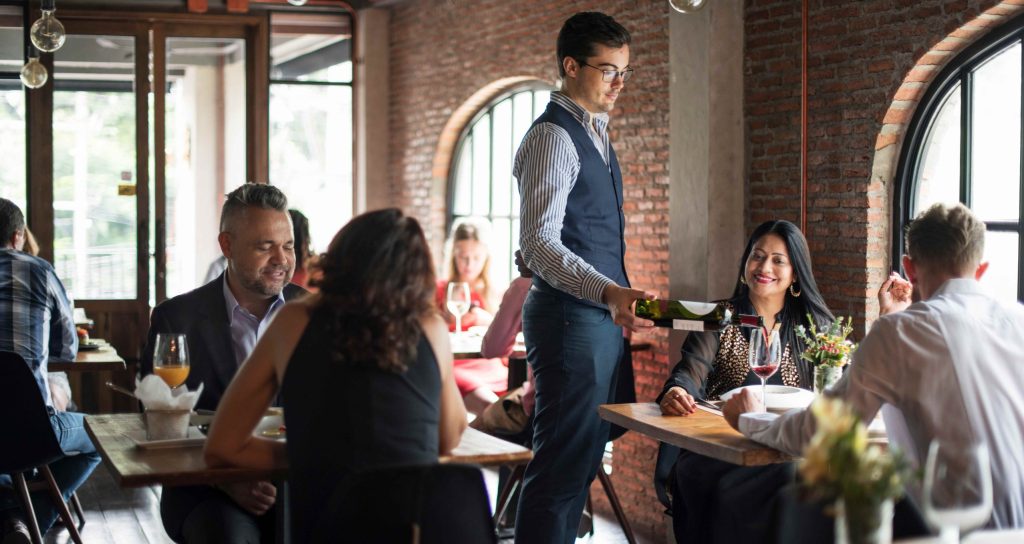
Conclusion
In the face of evolving challenges in the restaurant landscape, dining establishments must embrace innovative strategies to attract diners and compete effectively in a crowded marketplace. By leveraging visual storytelling, social media engagement, reservation incentives, enhanced guest experiences, and technological innovations, restaurants can position themselves for sustained success.
Among these strategies, interactive virtual restaurant tours stand out as a powerful tool to engage prospective diners, increase reservations, and differentiate from competitors. By creating immersive and atmospheric virtual experiences, restaurants can convey their unique dining experience and establish emotional connections with diners before they arrive.
As restaurant leaders navigate the path to 2025, integrating virtual tours into their marketing strategy will be a key driver of reservation success and competitive advantage in the dining marketplace.
